Fridays
Doc Day Afternoon: Classics from Hollywood’s Most Turbulent Decade
Programmed by Nick Quintana
Essay by Nick Quintana
Hollywood was hurting by the mid-sixties. The studios were investing millions into productions that continued to flop. In 1948 a Supreme Court ruling had cost them their theater holdings. Television had been keeping more and more potential patrons at home, and by the sixties theater attendance was at its lowest in decades. Some of the Old Hollywood studio bosses had been in power since they themselves had founded the studios.
In 1967 Jack L. Warner released his personally produced Camelot, a sprawling epic. It bombed, and he begrudgingly released Bonnie and Clyde, a counterculture film he hated. In ‘68 it gained a huge following he did not understand, and in ‘69 he left his executive position at Warner Brothers. Warner’s departure coincided with an industry-wide succession as Old Hollywood bosses passed the reins to young, new executives. When it came to the baby boomer audience problem, they were not any hipper or more in touch than their predecessors. They were simply not afraid to take certain risks. So they financed boomer directors and gave them unprecedented amounts of creative control.
The new filmmakers became known as the Film School Generation or the Movie Brats, but more broadly as the New Hollywood. They came from all sorts of backgrounds. Of the directors featured in this series, Peter Bogdanovich, William Friedkin, Bob Rafelson, and Michael Cimino typified the more radical strain of the movie brats. Inspired by the films coming out of Europe, they wanted to make art. They wanted to make personal, character-driven films often at the expense of plot. Rejecting aesthetic conventions, they tried to break down the artifice characteristic of the Old Hollywood. They picked unknown actors who did not look like movie stars. They shot films off the studio lot, often on location with new lightweight gear that gave them lots of freedom, at the expense of control over the filmed environment. It was a rebellion against what they saw as pretty formalism that smothered style.
Rafelson was at the forefront of the movement in the early seventies. He had honed his skills with producer Bert Schneider while developing a TV show called The Monkees, about a fictional band that capitalized off of Beatlemania. Bert and Bob had made money and were ready to get serious. They got together and established Raybert Productions; their first film was Five Easy Pieces. After they teamed up with Steve Blauner, Raybert became BBS, for Bert, Bob, and Steve.
At BBS, they sought to empower the director at the expense of the producer. Commercial concerns would no longer restrain art. In his New Hollywood chronicle, Easy Riders, Raging Bulls, Peter Biskind paints a psychedelic picture of what BBS was like when the seventies started. The BBS offices were managed like one colossal party, and Bert Schneider made sure to spread the wealth. It was a tight-knit community of filmmakers, “friends” making movies together. After Five Easy Pieces became a hit, they got Bogdanovich to make The Last Picture Show, and everyone in town tried to follow along in their footsteps to some degree. The new business model was to say fuck it to business models, let the new kids in town go wild and do whatever they want. After all, it looked like it was working.
The most radical movie brats were not the only ones at the cutting edge. Don Siegel, Sydney Lumet, and George Roy Hill were veteran directors active since the forties, fifties, and sixties, respectively. They had all worked in television. Lumet and Hill had backgrounds in theater. Their movies resonated with the boomers, evoking a countercultural vibe despite their generational remove. Siegel and Hill still used movie stars, and Siegel’s Dirty Harry is decidedly conservative in its political outlook, but both Dirty Harry and Butch Cassidy and the Sundance Kid take the binary morality of the Hollywood western and subvert it with morally ambiguous anti-heroes.
Where Harry and Butch stop short, however, Dog Day Afternoon goes the distance, offering a microcosm of America while destabilizing the heist genre. Its protagonist is also an antihero, a short, ethnic everyman who botches an armed robbery and stumbles into celebrity. He unwittingly exposes and capitalizes on some of the tense divisions between the police and the pedestrian spectators, between the square community and the young people angry and disillusioned with the disappointments of the counterculture. Out of context many of the plot details seem crazy, but behind Lumet’s perceptive camera they make too much sense.
George Lucas and Steven Spielberg were the most conservative of the movie brats, and ultimately the most successful. They did not party like their peers, never got into the drug scene. They were interested in traditionalist filmmaking. Having drawn more inspiration from adventure serials than European auteurs, they wanted to breathe new life into old genres, revitalizing them with enormous budgets and new release strategies that had been developed with The Godfather. They invented the summer blockbuster, arguably dealing the studios the hand needed to pull the plug on the New Hollywood.
By the late seventies, the New Hollywood was faltering. Lucas and Spielberg were making tons of money and playing ball with the executives. The studios started investing big in a few tent poles, but started losing money making art films that were also getting bad reviews. Peter Biskind claims that the movie brats had finished themselves off before the movement had even gotten started because of their titanic egos. When the entire investment depends on one uncontrollable, self-styled auteur with little regard for the profits he’s making for the studio’s corporate owners, he had better make a good movie. Biskind also points out that directors like Bogdanovich and Rafelson only made successful movies when they were working behind the camera with their wives. After they got caught up in the drug scene and let the success get to their heads, they destroyed their relationships and lost necessary checks on their egos. It was only a matter of time until their work started to suffer. When that happened, they lost the public and the critics, and were dead to the studios.
The New Hollywood came to an end after the studios took the reins back. Michael Cimino had been given carte blanche after The Deer Hunter won with the critics, audiences nationwide, and the industry at the Academy Awards. Its subject matter was daring and its depiction of the Viet Cong POW camps incited controversy, which helped with the publicity. Cimino could do what he wanted. So United Artists sank 44 million (more than Star Wars and Jaws combined) into his troubled production of Heaven’s Gate, an artsy western epic about turf wars in Wyoming. After it made only three million at the box office, Transamerica sold UA so they could cash out of the movie business. It was a new decade and the studios, having reasserted control over Hollywood output, ousted the wild directors who had saved the industry from irrelevance a decade before. If every dog has his day, then the sun had just set on the movie brats.
2015-10-02 @ 7:00 PM 9:15 PM
Sunday 1:30 PM
American Graffiti
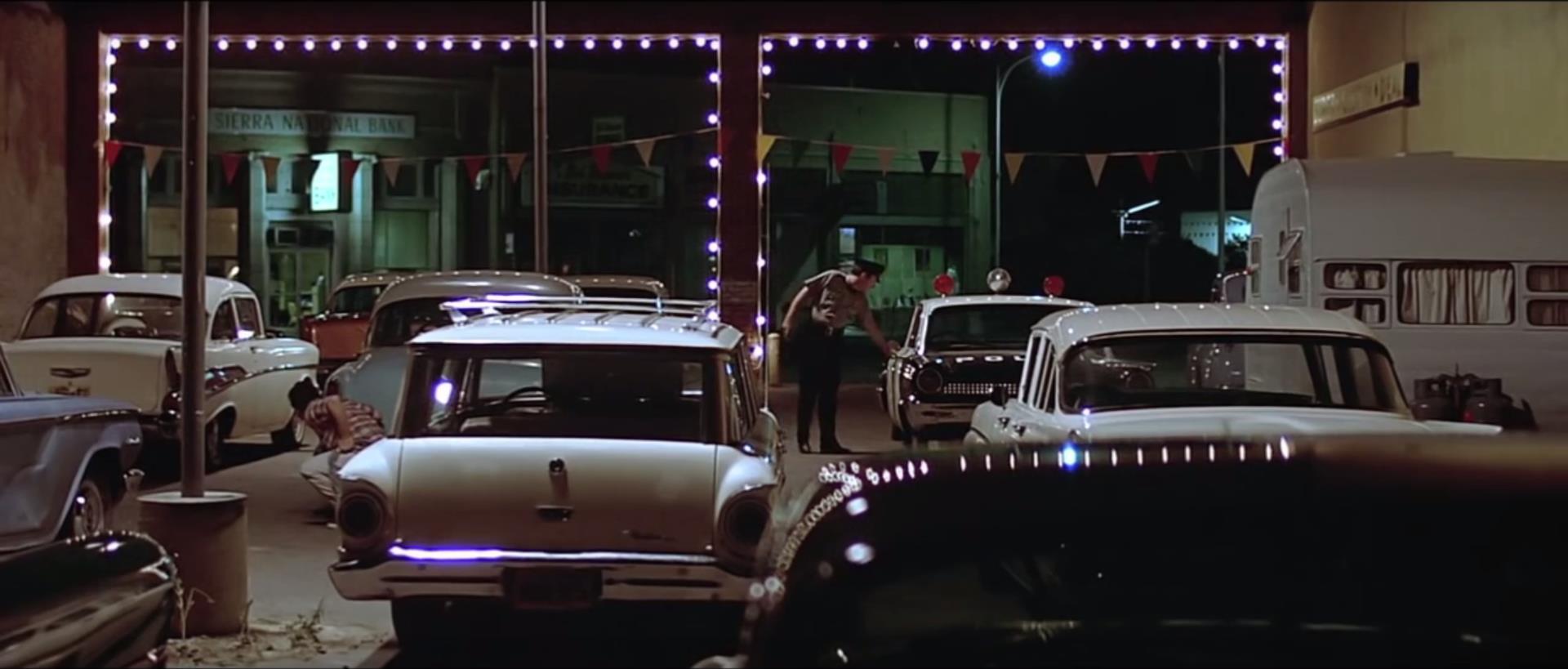
(George Lucas, 1973) · The most nostalgic trip of the seventies takes place one night in small-town California circa 1962. College-bound Curt is stricken by a mysterious blonde he feels compelled to meet. Steve pitches an open relationship to his sweetheart Laurie. Terry tries to impress a girl he picked up in his friend’s car. John gets stuck babysitting a thirteen year-old in his hot rod. Their paths may diverge, but everybody’s listening to the same rock n’ roll.
runtime: 110 min format: 35mm
2015-10-09 @ 7:00 PM 9:15 PM
Sunday 1:30 PM
Butch Cassidy and the Sundance Kid
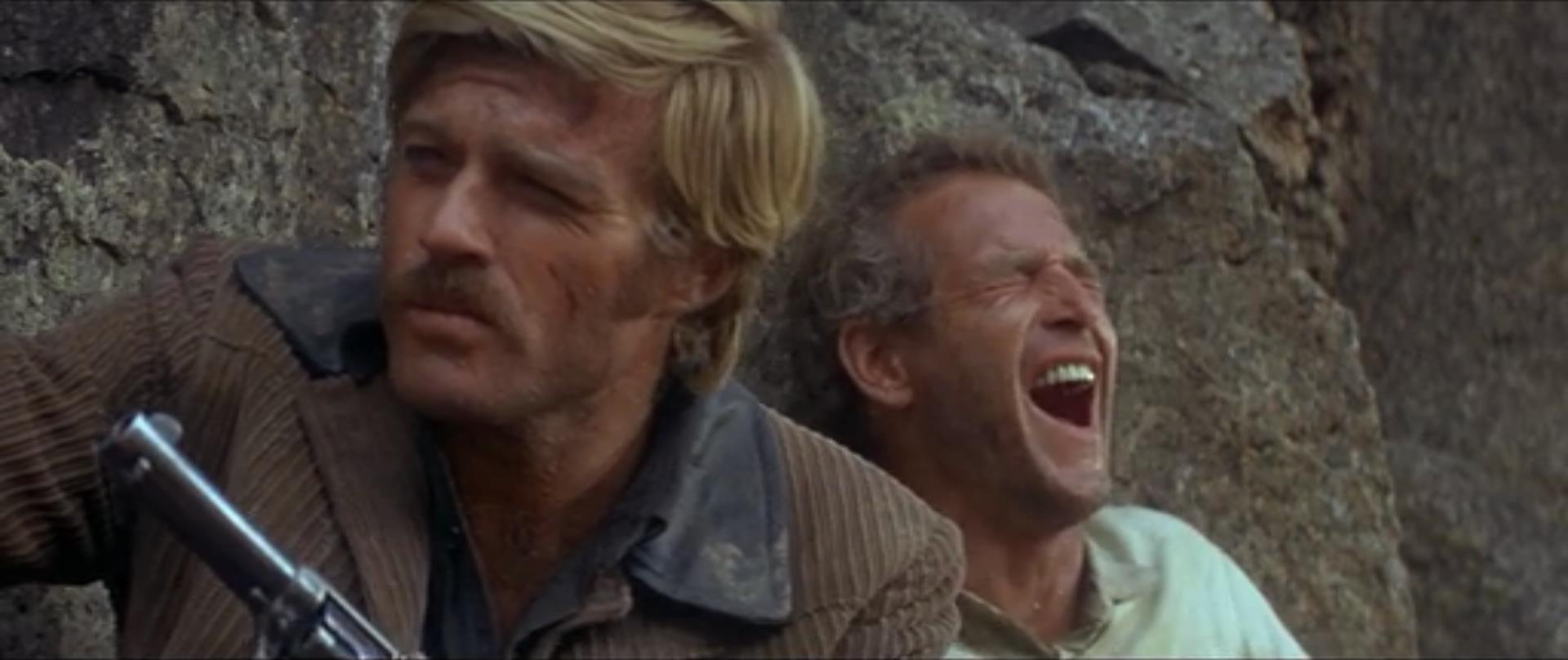
(George Roy Hill, 1969) · Paul Newman and Robert Redford play the notorious bank robbing duo, alternately shooting and charming their way into bags and bags of loot with impunity. Reeling from losses, a powerful railroad company assembles a ruthless posse of star lawmen and trackers, forcing Butch and Sundance to relocate to Bolivia. Newman and Redford share a chemistry that transcends western period setting and syncs beautifully with a pop-infused soundtrack.
runtime: 110 min format: 35mm
2015-10-16 @ 7:00 PM 9:30PM
Sunday 1:30 PM
The Last Picture Show

(Peter Bogdanovich, 1971) · The setting is small and dusty Anarene, Texas in the early fifties. Duane and Jacy are going steady, but she wants more. Sonny dumps his girlfriend and gets involved with his coach’s wife, before falling for Jacy. Each scene gets more intimate, with kids necking in the movie house and in their cars, skinny-dipping and checking into motels as they discover their sexuality. Sonny, Jacy, and Duane start their own lives as Anarene dies slowly around them.
runtime: 118 min format: DCP
2015-10-23 @ 7:00 PM 9:00 PM
Sunday 1:30 PM
Dirty Harry

(Don Siegel, 1971) · Dirty Harry plays out like a collision between the uncaught Zodiac serial killer and a vengeful cowboy. Inspector Dirty Harry Callahan is arguably Clint Eastwood’s most iconic role, the laconic cop, armed with a dark sense of humor and a veritable hand-canon, who “always gets the shit-end of the stick.” Pauline Kael famously denounced the film as fascist, but the tight pacing set to Lalo Schifrin’s electronic, vintage-porn groove make it hard to resist.
runtime: 102 min format: DCP
2015-10-30 @ 7:00 PM 9:45 PM
Sunday 1:30 PM
The Exorcist
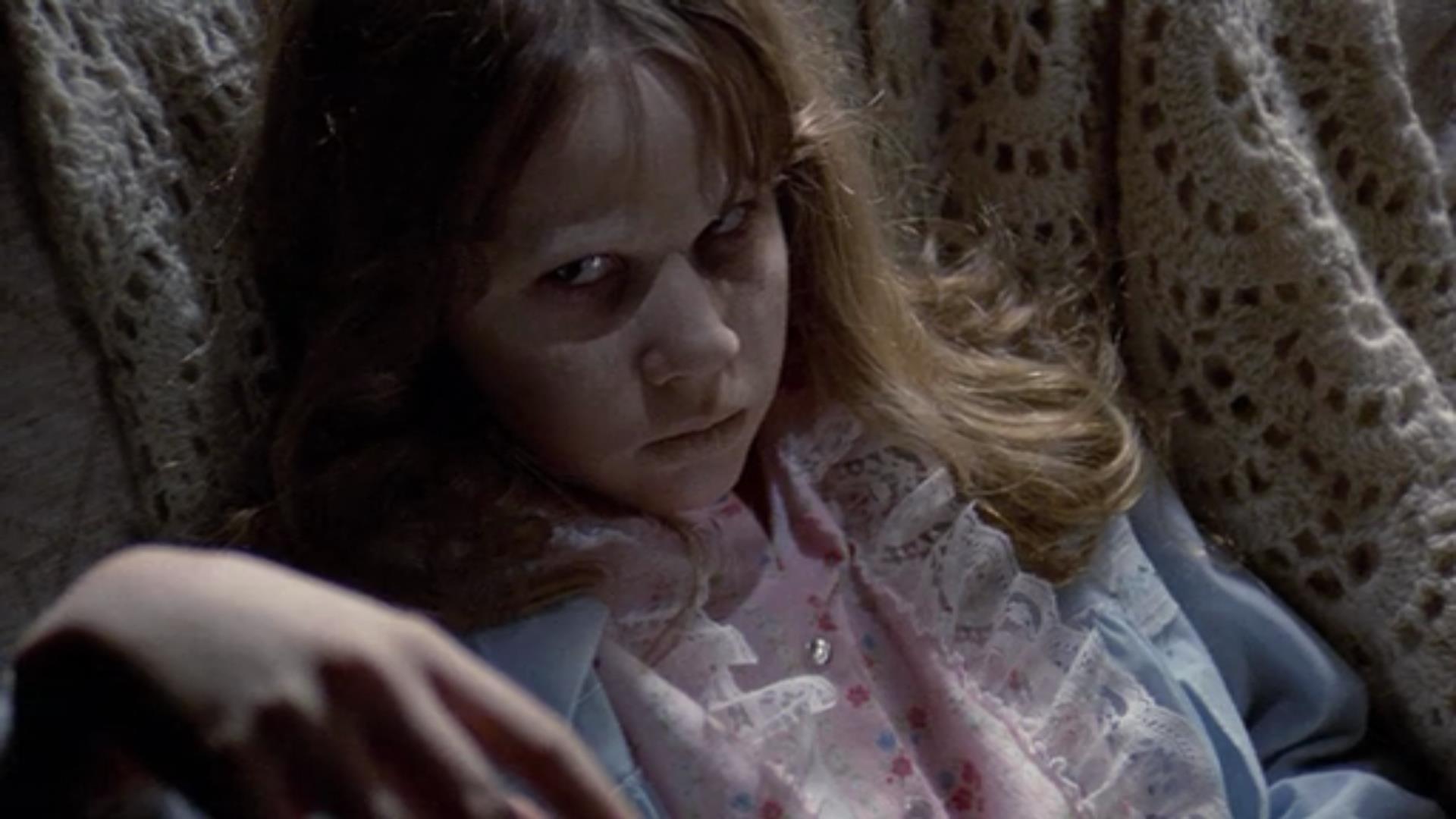
(William Friedkin, 1973) · Twelve year-old Regan should not have trifled with that Ouija Board™. She has just turned thirteen and has become possessed by a violent demon out to test the faith of one Father Karras. Her mother exhausts the tools of medical science only to turn to the church and the titular Father Merrin in desperation. Before the days of wide release, The Exorcist made a killing selling out theaters, only for many to walk out shocked; one man fainted and broke his jaw.
runtime: 132 min format: 16mm
2015-11-06 @ 7:00 PM 9:30 PM
Sunday 1:30 PM
Dog Day Afternoon

(Sidney Lumet, 1975) · The film opens with a street montage set to Elton John; regular Americans of all colors walking down crowded sidewalks. People sit in their cars, stuck in traffic. One suspicious trio cases a bank. Sonny, Sal, and Stevie have no idea what they’re starting. Robbery escalates into a tense standoff with an army of police. Then Sonny turns the sidewalk into a stage, captivating a dozen hostages, a chanting crowd, several TV crews, and the rest of the NYC.
runtime: 125 min format: DCP
2015-11-13 @ 7:00 PM 9:00 PM
Sunday 1:30 PM
Five Easy Pieces
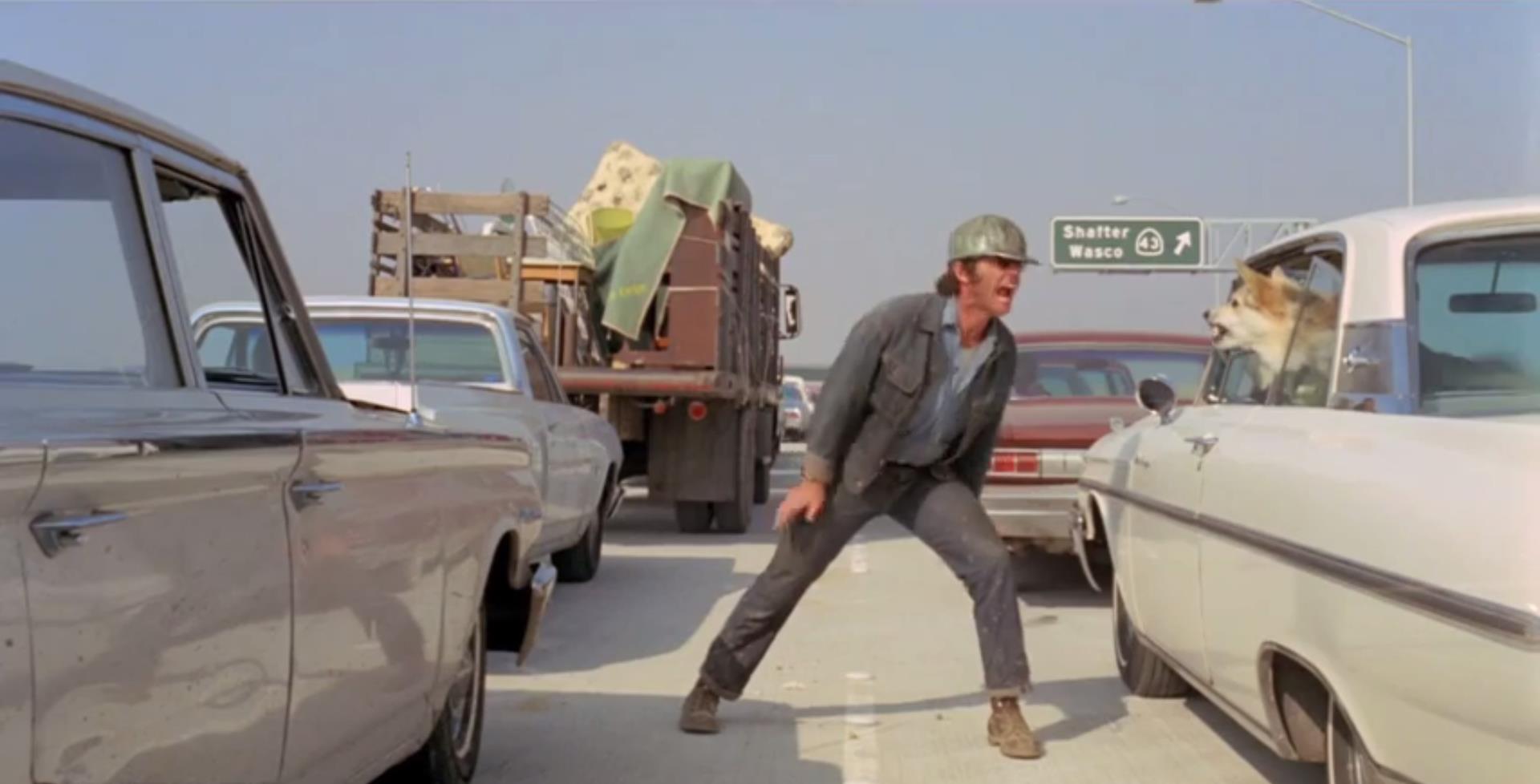
(Bob Rafelson, 1970) · Living in a dank prairie trailer, Bobby Dupea (Jack Nicholson) has an oil-rig job he doesn’t particularly care for, a girlfriend that gets on his nerves, and a background in classical piano that he has thrown away. Learning that his wealthy father has become senile, he hits the road for a reunion. Following a secondary role in Easy Rider, Five Easy Pieces proved Nicholson could command scene after scene with charisma and range.
runtime: 98 min format: DCP
2015-11-20 @ 6:30 PM 9:45 PM
Sunday 1:30 PM
The Deer Hunter
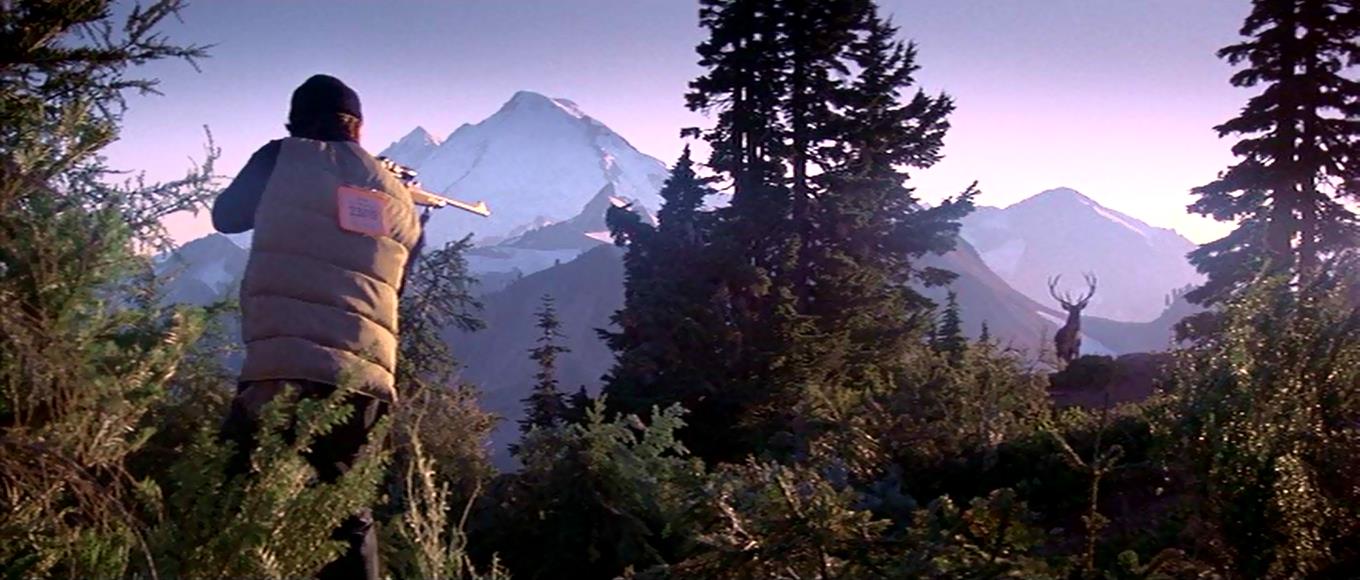
(Michael Cimino, 1978) · Cimino’s magnum opus was among the first to grapple with the horrors of Vietnam. Three working class friends prepare to serve in the army. Steven (John Savage) just got married. Nick (Chris Walken) gets engaged to Linda (Meryl Streep), who may love Mike (Robert De Niro). In 'Nam, they are captured and forced to gamble with their lives as POWs. Mike and Steven eventually make it back home, but Nick’s trauma threatens to strand him in enemy territory.
runtime: 183 min format: 35mm
2015-12-04 @ 7:00 PM 9:30 PM
Sunday 1:30 PM
Close Encounters of the Third Kind
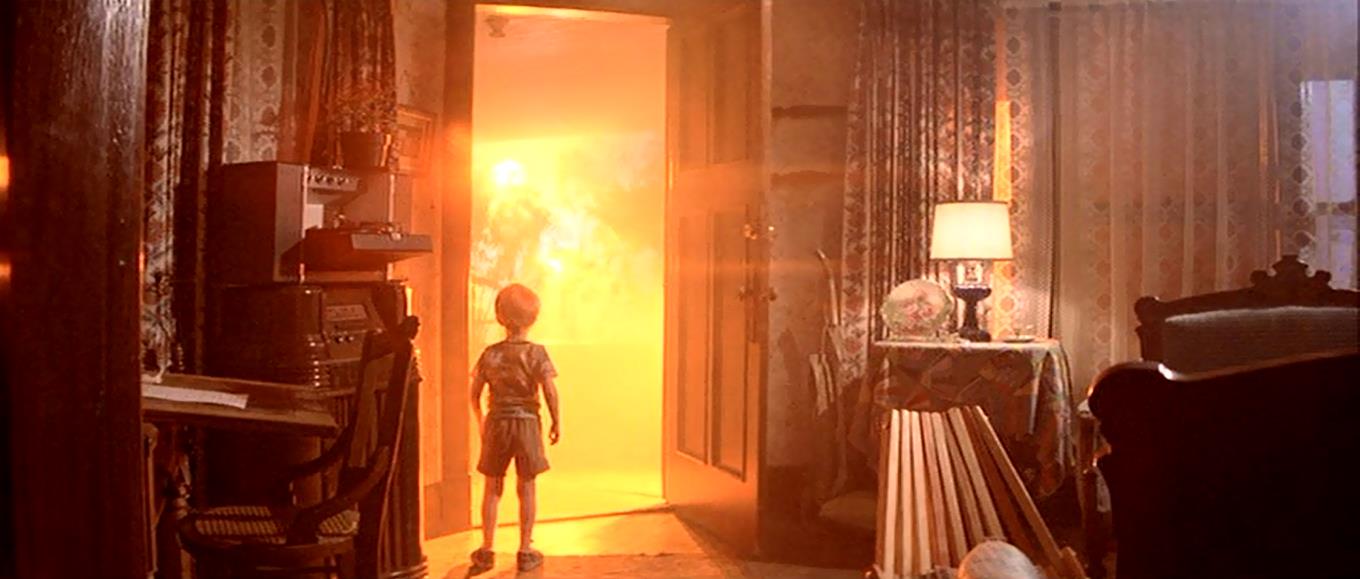
(Steven Spielberg, 1977) · After a run-in with strange lights, Roy Neary gets drawn deeper and deeper into a UFO obsession that disrupts his home life. Captivated with visions he cannot explain, he sets out to confront his obsession. Along the way he uncovers a government conspiracy on the verge of making contact with intelligent alien life. Spielberg marries dazzling spectacle with a sense of awe more childlike than Richard Dreyfuss making sand castles with his mashed potatoes.
runtime: 137 min format: 35mm



